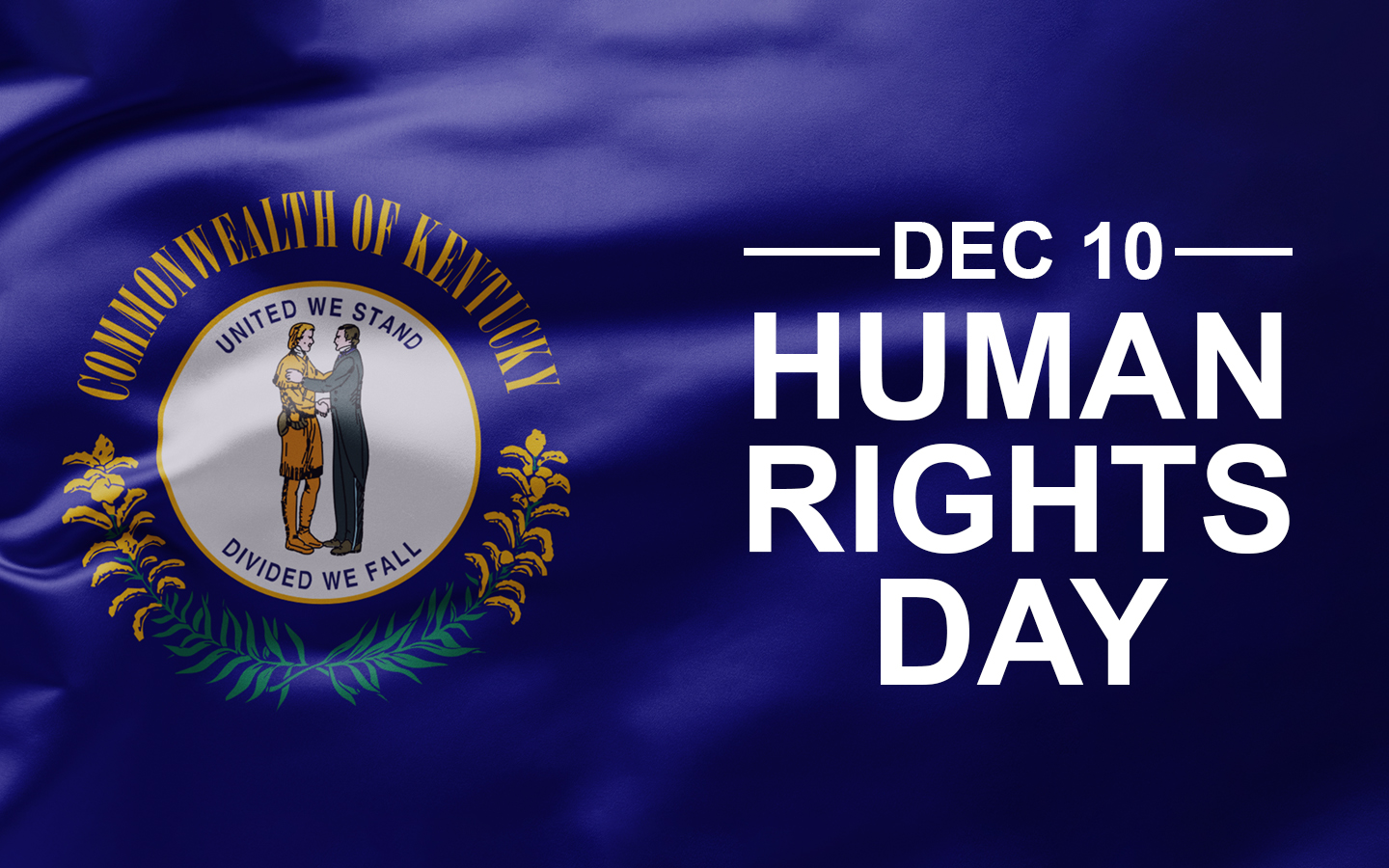
Human Rights Day
Human Rights Day, International Day of Observance, is held annually on December 10th in commemoration of the anniversary of the adoption of the Universal Declaration of Human Rights (UDHR). It originated in 1950 when the United Nations General Assembly invited all nations to observe December 10th as Human Rights Day through resolution 423(V).
The Office of the United Nations High Commissioner for Human Rights plays a prominent role in coordinating worldwide efforts to celebrate the day, which routinely features cultural events and performances, public meetings and seminars, and other educational activities in promotion of human rights.
Each year a theme is chosen to draw attention to a particular facet of the effort to uphold human rights. Themes have included ending discrimination, fighting poverty, and protecting victims of human rights violations. Since 1968, which the UN designated as the International Year of Human Rights, the organization has periodically awarded a United Nations Prize in the Field of Human Rights on Human Rights Day.